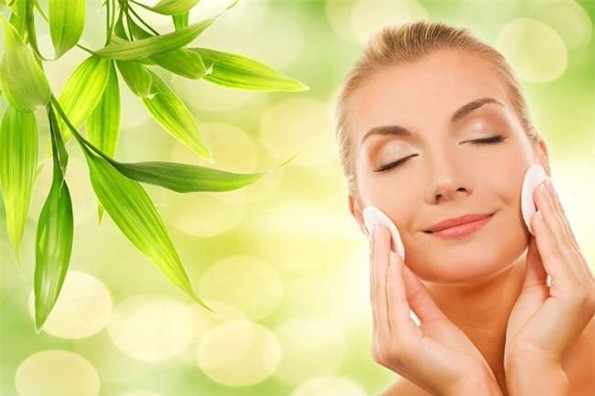
The cosmetics industry is a multi-billion dollar enterprise that sells us ‘natural beauty’, even though a lot of the ingredients are a long way from being natural. There’ve also been concerns that some components might be harmful. Parabens, used as preservatives in products ranging from moisturisers to deodorants and toothpastes, have regularly hit the headlines as possible carcinogens. They
’re probably not, but the effects of substances used in cosmetics often aren’t well understood.
Luckily, there are alternatives. Responsible smaller companies and even the big supermarkets have brought out green cosmetic ranges. The most eco-friendly makers do their best to make sure that the ingredients are non-toxic, not derived from non-renewable resources and that the entire production process is in tune with eco-friendly principles and practices.
Ingredients are top of the list when seeking out green cosmetic products. Some of the other nasty chemicals in cosmetic include phthalates, formaldehyde, petrochemical products and synthetic chemical dyes and fragrances. Substitutes are almost always available but manufacturers go for cheapest in the quest for profits. That’s a good reason to budget a bit extra for a quality product. It’s not just about the environment but your health and wellbeing.
What’s in your makeup box that belongs in the trash? Check out the online cosmetics database compiled by the Environmental Working Group to find out what you might want to ditch. (Don’t forget that green also means cruelty-free, or not tested on animals). Once you have a good idea about what to beware of, you can start shopping for green cosmetics to replace them.
There are other ways to stop exposing yourself to toxins in cosmetics. The best green cosmetic you can have is good health and the glow that goes with it. You might do better by spending your cash on healthy activity and quality nutrition. Another option is to make your own.
It’s not rocket science. If you’ve mastered basic cooking you can master the chemistry required for making cosmetics. To customize to your specifications, there’s a wide range of recipes, plus natural ingredients, from oils to essences, available online. Beeswax, vegetable glycerine, olive oil and wheatgerm oil are some of the organic products that will form the basis of your personalized cosmetics range.
Green cosmetics, whether bought or home-made, have another eco-friendly bonus. A lot of conventional makeup comes in excessive, wasteful and environmentally unfriendly packaging. It’s glossy, glitzy and helps sell the myth and the brand, but it’s largely unnecessary. Some green cosmetic companies have paid serious attention to this. Not only is the packaging reduced and recyclable, but jars, tubes and even mascara wands are too.
Thanks to smart consumers voting with their wallets, some of the big firms have cleaned up their act, so don’t write them all off. But it’s entirely possible there’s something better available, perhaps even from your very own kitchen laboratory.

